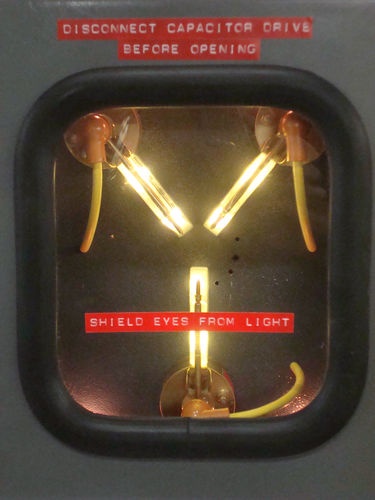First off, I'm not talking about electric locomotives - only Amtrak's diesels.
Yesterday we took the Blue Ridge Autumn Special from Salisbury, NC, to Asheville, NC, and back. We had engines 156 on the point along with 154 and 10. 27 cars followed that. Traveling between Old Fort and Black Mountain was restricted to 15 mph while going up or down the mountain. Coming down, the brakes got extremely hot and started to smoke so bad that the train had to be stopped nearly at the bottom. We sat there for 20 minutes waiting for things to cool off. Once they did, we were off on our way. While we sat there, though, the first two cars (mine) filled up with brake smoke and gassed us all out.
I think the engineer should have used dynamic brakes (primarily) going down the mountain. Then things wouldn't have overheated. That, I think, was a mistake on somebody's part - but whose? Are the diesels equipped with dynamic brakes? Do Amtrak engineers know how to use them. It might have been an NS engineer - I'm not sure about that.
jb
Yesterday we took the Blue Ridge Autumn Special from Salisbury, NC, to Asheville, NC, and back. We had engines 156 on the point along with 154 and 10. 27 cars followed that. Traveling between Old Fort and Black Mountain was restricted to 15 mph while going up or down the mountain. Coming down, the brakes got extremely hot and started to smoke so bad that the train had to be stopped nearly at the bottom. We sat there for 20 minutes waiting for things to cool off. Once they did, we were off on our way. While we sat there, though, the first two cars (mine) filled up with brake smoke and gassed us all out.
I think the engineer should have used dynamic brakes (primarily) going down the mountain. Then things wouldn't have overheated. That, I think, was a mistake on somebody's part - but whose? Are the diesels equipped with dynamic brakes? Do Amtrak engineers know how to use them. It might have been an NS engineer - I'm not sure about that.
jb





